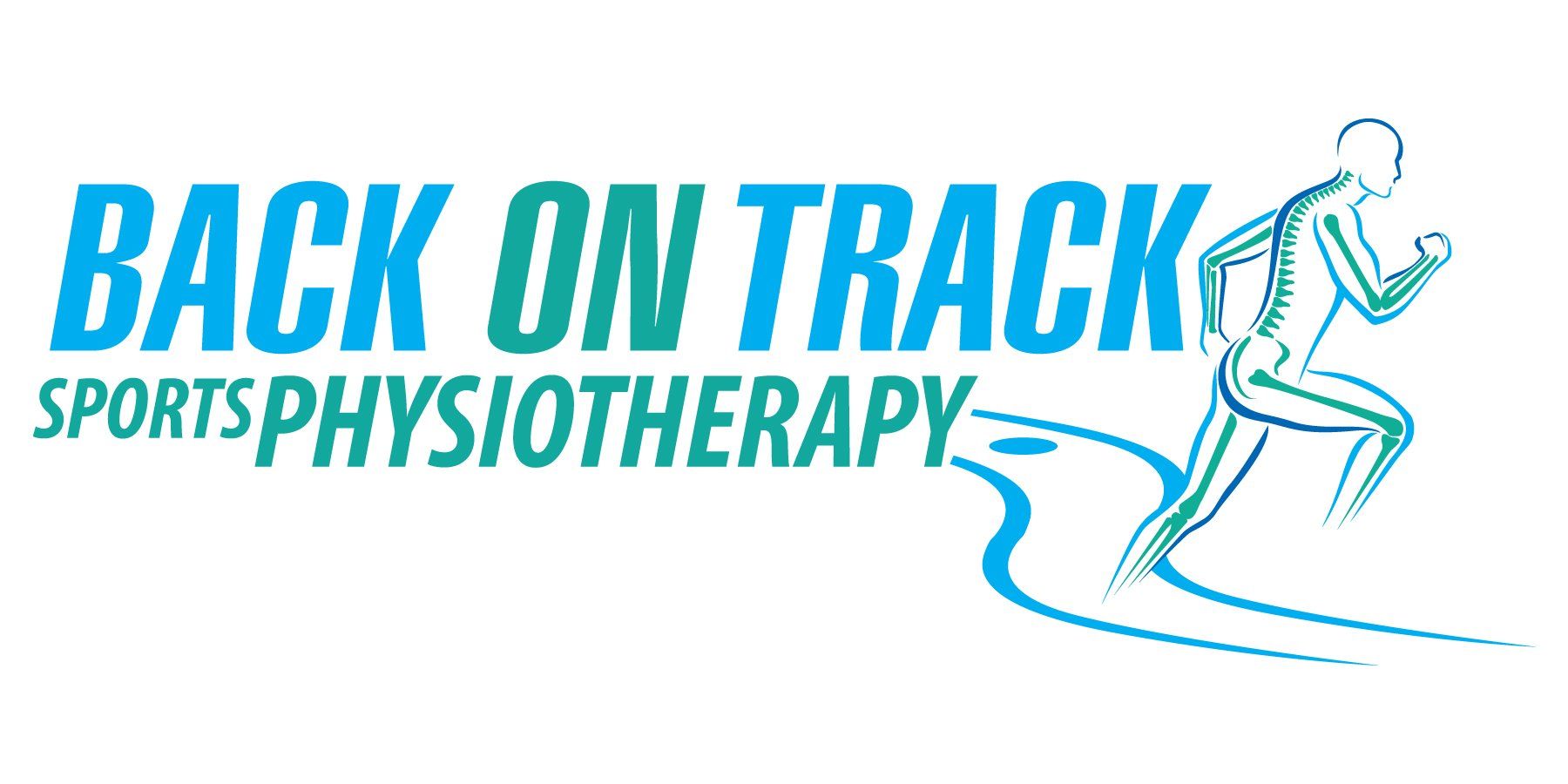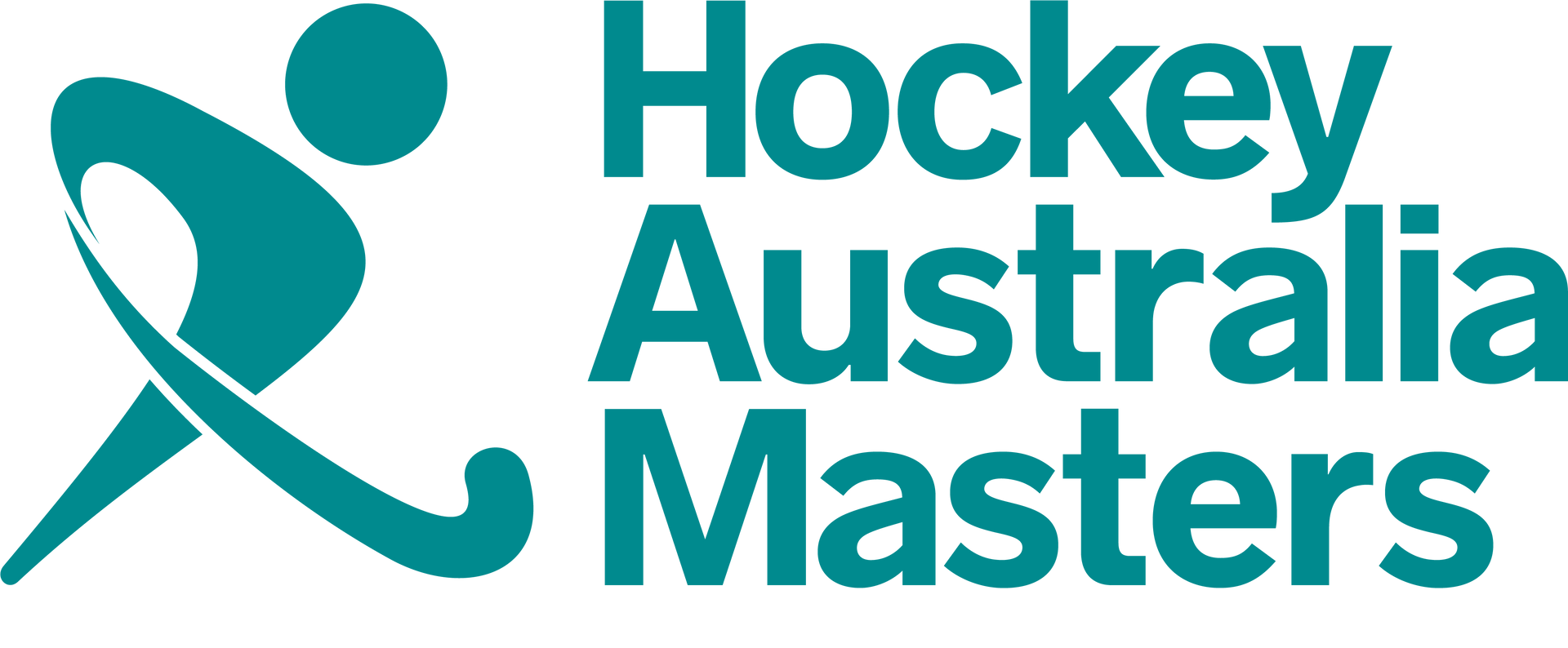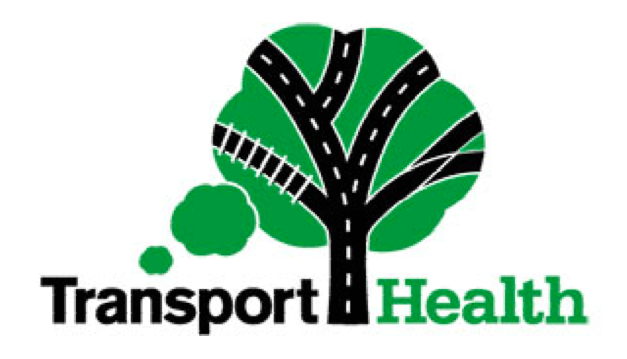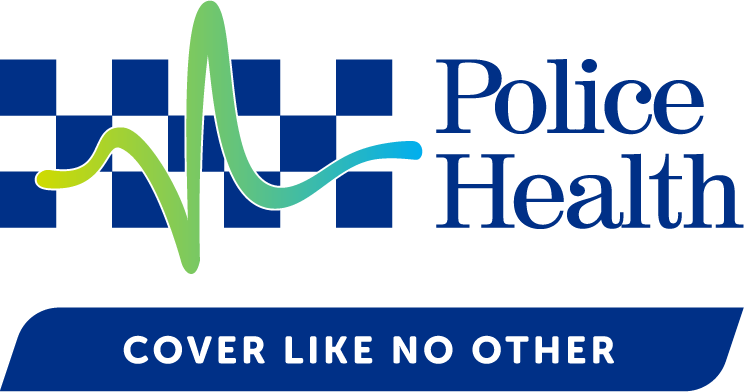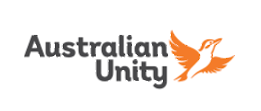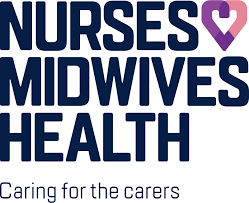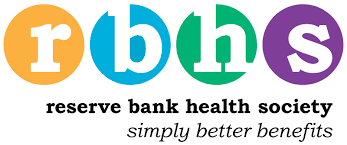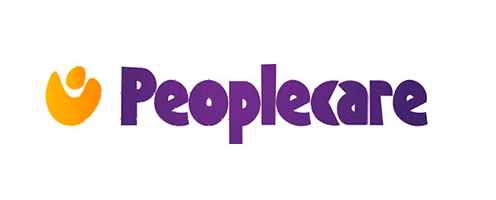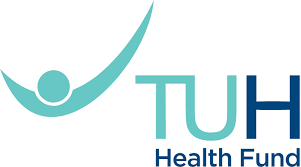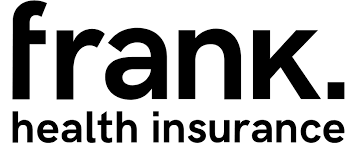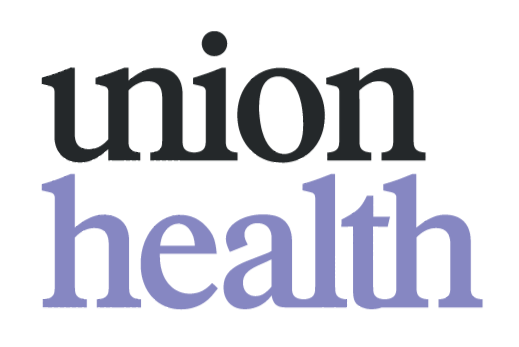Open 7 Days
Common Running Injuries
Running is an amazing way to work on your health and increase your fitness, however, it can be hard on your body. Therefore, it is important to be aware of some of the common running injuries and how you can prevent these.
What Are Some Common Running Injuries
01
Medial Tibial Stress Syndrome (MTSS) "Shin Splints"
Shin splits is characterised as exercise-induced pain that you feel along the inner portion of your shin bone. This pain can feel like an intense ache or stabbing pain.
What causes MTSS (Shin Splints):
There are a lot of factors that can cause MTSS and this will be different for each person. Some of the common causes Include:
- Overload (Too much too fast): This condition generally occurs when there is a dramatic increase in the volume of training that’s occurred (e.g. your running total one week is 10km and then is doubled the next week). This is also common in those who are beginning their running journey, or those returning from injury.
- Females: Females are at a higher risk of developing MTSS. However with the right prevention techniques, you can reduce the likelihood of development.
- Foot pronation: When the foot rolls in too much this cause an increase in stress going through the tibia (shin). Additionally, it may also cause an increase in the muscle activity and thus more stress to the bone.
02
Achilles Tendinopathy
The Achilles tendon is the tendon joining our calf muscle to the heel bone. Achilles tendinopathy is an overuse injury resulting in pain and swelling in the Achilles tendon. Symptoms may include morning stiffness and pain along the Achilles tendon,, pain along the tendon or back of heel that gets worse with activity and pain after exercising.
What causes Achilles tendinopathy:
Just like MTSS, there are many factors that can contribute to your Achilles tendinopathy. These include:
- Increase in volume and intensity of training: Just like MTSS, Achilles tendinopathy can also result from a large and sudden increase in the amount and/or intensity of physical activity we are completing each week. Therefore, it important that we gradually build up the amount of exercise we are completing.
- Tight calf muscles:
Having tight calf muscles can cause extra stress on the Achilles tendon as our calf muscles insert on to the Achilles tendon.
03
ITB Syndrome (ITBS)
The ITB (Iliotibial band) is a structure that runs down the outside border of our thigh from the hip joint to the knee joint. ITB is another overuse injury that causes pain and swelling at the knee. ITBS is often worsened by increasing activity in particular bending the knee.
What causes ITB friction syndrome (ITBFS)
- Tightness in surrounding area: If local muscles are pulling on the ITB in the wrong position it can become very tight causing it to rub and produce pain.
- Training factors: These may include the surface you are training on, the dosage and shoes you wear, which all have an impact on the development of ITB. Speaking with a Physiotherapist can help you to create a training program in which you can discuss these factors to help get the right balance so you can achieve your goals.
- Muscle strength and control:
Reduced muscle strength and control can result in faulty movement patterns and therefore increased tension on the ITB, leading to the painful sensation experienced.
04
Patellofemoral Pain Syndrome (PFPS) "Runners Knee"
Runners knees generally presents as pain located behind and surrounding your kneecap. It is aggravated by running and bent knee activities (e.g. walking up and down stairs).
What causes PFPS:
The causes of PFPS are typically multifactorial and can differ for each person.
- Muscular imbalances: This may include hip tightness and weakness in both the quadriceps and hip muscles. This tightness and/or weakness can also lead to the malalignment of the patella leading to PFPS. Our patella (knee cap) likes to sit in a little groove, when we have a muscular imbalance this can cause the kneecap to be pushed out to one side of its groove and thus irritating the surrounding structures.
- Overload of activity: This often leads to the development of PFPS.
- Trauma to the knee structure:
Either direct or indirect injuries to the kneecap area which may cause damage to the surrounding structures leading to PFPS.
How We Can Help
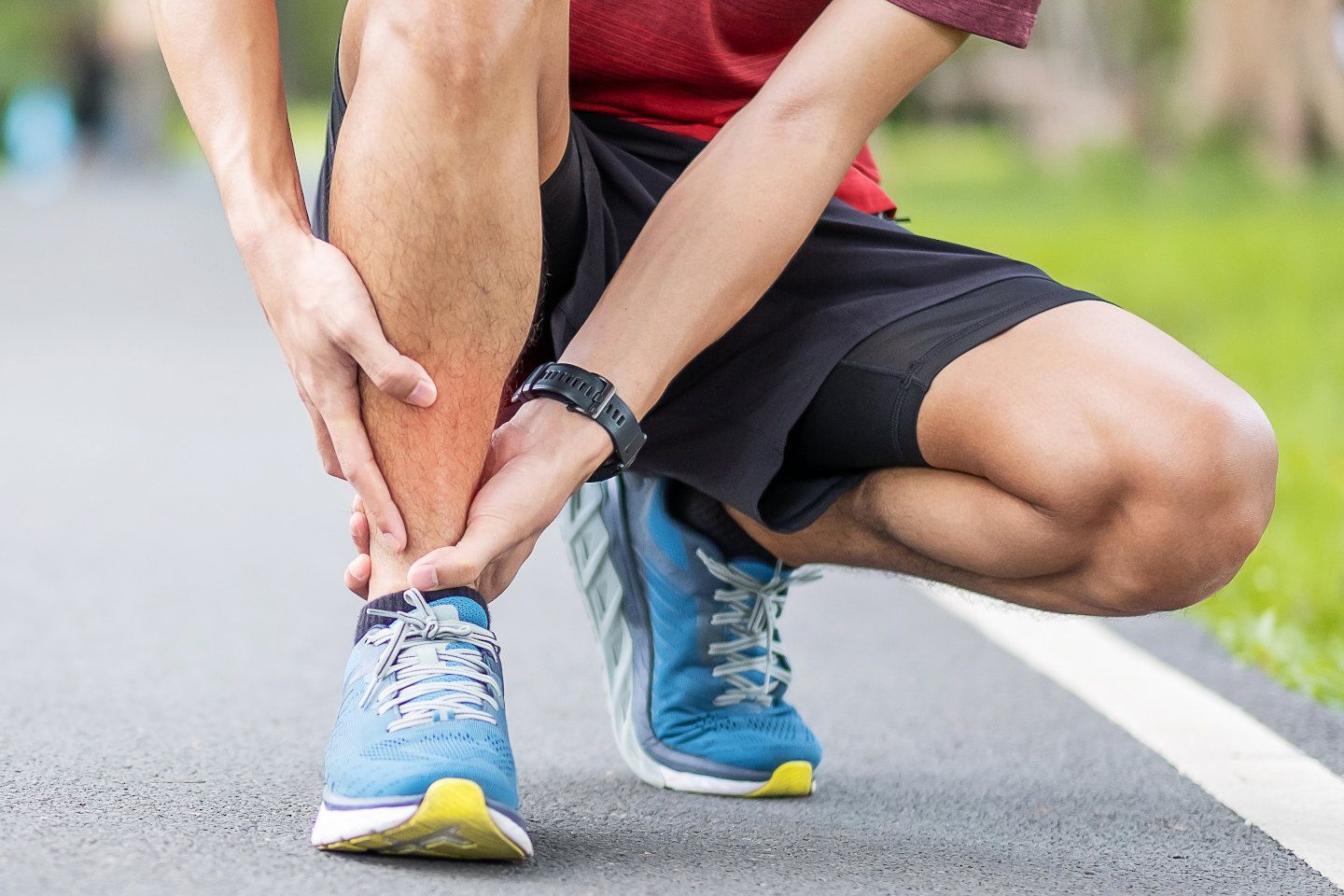
1. Assess your running technique
Our physiotherapists can provide an assessment of your running technique that can help to identify any muscular or biomechanical issues that may be contributing to your running-related injury. Strengthening exercises can then be prescribed to help you improve your running technique.
2. Develop a training plan
By developing a training program, we can help you to reduce the likelihood of developing overload injuries. This will be achieved by making the program progressive by gradually increasing the frequency, intensity and duration of your training. Additionally, the implementation of muscular-based strengthening activities can help to address any muscular imbalances you may have.
3. Provide specific advice on injury prevention
After a comprehensive assessment, our physiotherapists will be able to provide you with specific advice and education relating to your injury and goals.
4. Provide symptom relief
Symptom relief may done through massage, strapping/kinesio tape application, and education regarding cold and heat therapy. Additionally, our physiotherapists may talk to you about the types of shoes you wear and orthotic inserts to help manage your symptoms.


